Boat Safety Inspections and Electrical Systems Common Issues and Solutions
Ensuring the safety and reliability of your boat’s electrical system is crucial for a seamless and enjoyable experience on the water. Regular safety inspections are essential to identify potential issues before they become serious problems. In this comprehensive guide, we will explore the importance of boat safety inspections, common problems you might encounter with the electrical systems on board, and practical solutions to address them. By following these tips, you can maintain your boat in top condition and enjoy worry-free adventures on the water.
Why Boat Safety Inspections Matter
Boat safety inspections are crucial for several reasons:
-
Safety: Regular inspections help prevent accidents, fires, and injuries by identifying and addressing potential hazards.
-
Performance: A well-maintained electrical system ensures optimal performance and functionality of all on-board equipment.
-
Longevity: Routine maintenance and timely repairs extend the life of your electrical system and overall vessel, protecting your investment.
-
Compliance: Many jurisdictions require regular boat safety inspections to meet legal and insurance requirements.
Inspecting the Electrical System
The electrical system is the lifeline of your boat, powering essential equipment such as navigation lights, communication devices, and bilge pumps. Regular inspections are necessary to ensure it remains in optimal condition.
Common Electrical System Issues
-
Corroded Connections
-
Cause: Corrosion can occur due to exposure to moisture and saltwater, leading to poor electrical connections and potential failures.
-
Solution: Regularly inspect and clean electrical connections. Apply anti-corrosion treatments and ensure connections are properly sealed to prevent moisture ingress.
-
-
Faulty Wiring
-
Cause: Wiring can become damaged due to wear and tear, chafing, or rodent activity.
-
Solution: Inspect wiring for signs of damage, wear, or corrosion. Replace any damaged wires and secure them properly to prevent future issues.
-
-
Dead Batteries
-
Cause: Batteries can fail due to age, lack of maintenance, or excessive discharge.
-
Solution: Test battery charge levels regularly and replace any batteries that no longer hold a charge. Ensure batteries are properly maintained and charged.
-
-
Short Circuits
-
Cause: Short circuits can occur due to damaged insulation, exposed wires, or faulty components.
-
Solution: Identify and repair any damaged insulation or exposed wires. Replace faulty components and ensure all connections are properly insulated.
-
-
Overloaded Circuits
-
Cause: Overloading circuits can lead to overheating and potential fires.
-
Solution: Avoid overloading circuits by properly distributing electrical loads. Use circuit breakers and fuses to protect against overloads.
-
Electrical System Inspection Steps
-
Visual Inspection
-
Connections: Examine electrical connections for signs of corrosion, wear, or damage. Clean and secure connections as needed.
-
Wiring: Inspect wiring for signs of chafing, wear, or damage. Replace damaged wires and secure them properly.
-
-
Battery Inspection
-
Condition: Check batteries for signs of corrosion, leaks, or swelling. Replace any batteries that show signs of damage or are no longer holding a charge.
-
Connections: Ensure battery connections are clean and secure. Apply anti-corrosion treatments to prevent future issues.
-
-
Fuse and Circuit Breaker Inspection
-
Condition: Check fuses and circuit breakers for signs of damage or wear. Replace any faulty components and ensure all circuits are properly protected.
-
Functionality: Test circuit breakers and fuses to ensure they are functioning correctly and protecting against overloads.
-
-
Equipment Testing
-
Functionality: Test all electrical equipment on board, including navigation lights, communication devices, and bilge pumps. Ensure all equipment is functioning correctly and address any malfunctions promptly.
-
Common Problems and Solutions
Corroded Connections
-
Solution: Regularly inspect and clean electrical connections. Apply anti-corrosion treatments and ensure connections are properly sealed to prevent moisture ingress.
Faulty Wiring
-
Solution: Inspect wiring for signs of damage, wear, or corrosion. Replace any damaged wires and secure them properly to prevent future issues.
Dead Batteries
-
Solution: Test battery charge levels regularly and replace any batteries that no longer hold a charge. Ensure batteries are properly maintained and charged.
Short Circuits
-
Solution: Identify and repair any damaged insulation or exposed wires. Replace faulty components and ensure all connections are properly insulated.
Overloaded Circuits
-
Solution: Avoid overloading circuits by properly distributing electrical loads. Use circuit breakers and fuses to protect against overloads.
Tips for Regular Maintenance
Regular maintenance is key to preventing issues and ensuring the longevity of your boat’s electrical system. Here are some tips for maintaining the electrical system:
-
Clean Regularly: Regularly clean electrical connections and components to remove dirt, grime, and salt. This prevents buildup and reduces the risk of corrosion.
-
Inspect Often: Perform visual inspections before and after each outing. Look for any signs of damage, wear, or corrosion.
-
Use Protective Coatings: Apply protective coatings to electrical connections and components to prevent corrosion and ensure longevity.
-
Store Properly: Store your boat in a dry, covered area when not in use to protect it from the elements.
-
Address Issues Promptly: Address any issues as soon as they arise to prevent them from worsening and causing more significant problems.
Importance of Professional Inspections
While regular self-inspections are crucial, it’s also important to have your boat’s electrical system inspected by a professional at least once a year. Professional inspectors have the expertise and tools to identify potential issues that may not be visible during routine checks. They can provide valuable recommendations and ensure your electrical system is compliant with safety standards.
Upgrading Your Electrical System
If your boat’s electrical system is outdated or frequently encountering issues, it may be time for an upgrade. Upgrading your electrical system can improve safety, performance, and reliability. Consider the following upgrades:
-
Modern Wiring: Replace old, worn-out wiring with modern, marine-grade wiring for improved durability and performance.
-
Advanced Battery Systems: Upgrade to high-capacity, maintenance-free batteries that offer better performance and longer life.
-
Smart Charging Systems: Install smart charging systems that optimize battery charging and extend battery life.
-
Energy-Efficient Lighting: Replace old incandescent lights with energy-efficient LED lighting to reduce power consumption and extend battery life.
Conclusion
Regular boat safety inspections of the electrical systems on board are essential for maintaining the safety, performance, and longevity of your vessel. By identifying and addressing common issues such as corroded connections, faulty wiring, dead batteries, and overloaded circuits, you can ensure your boat remains in optimal condition. Follow the inspection steps and maintenance tips outlined in this guide to keep your boat’s electrical system seaworthy and ready for countless adventures on the water. Investing time and effort into regular inspections and maintenance will pay off in the long run, providing you with peace of mind and a reliable, safe vessel. Buy boat electrical products at CycloneSale.com today for all your boating needs.


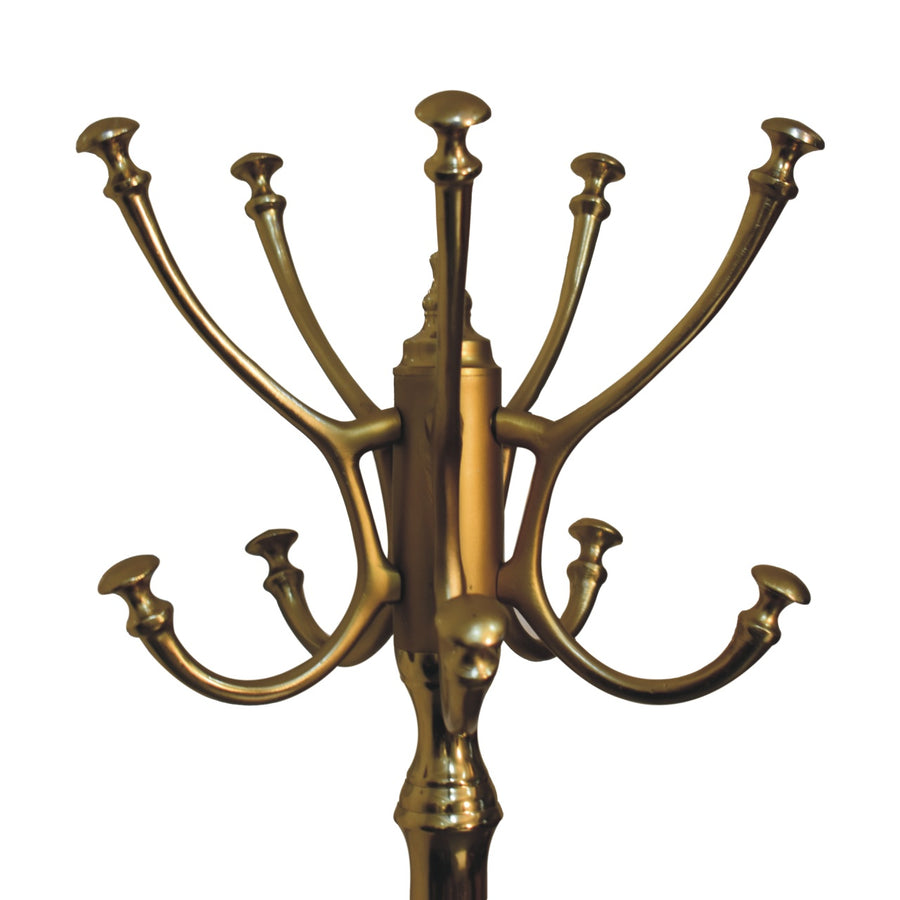
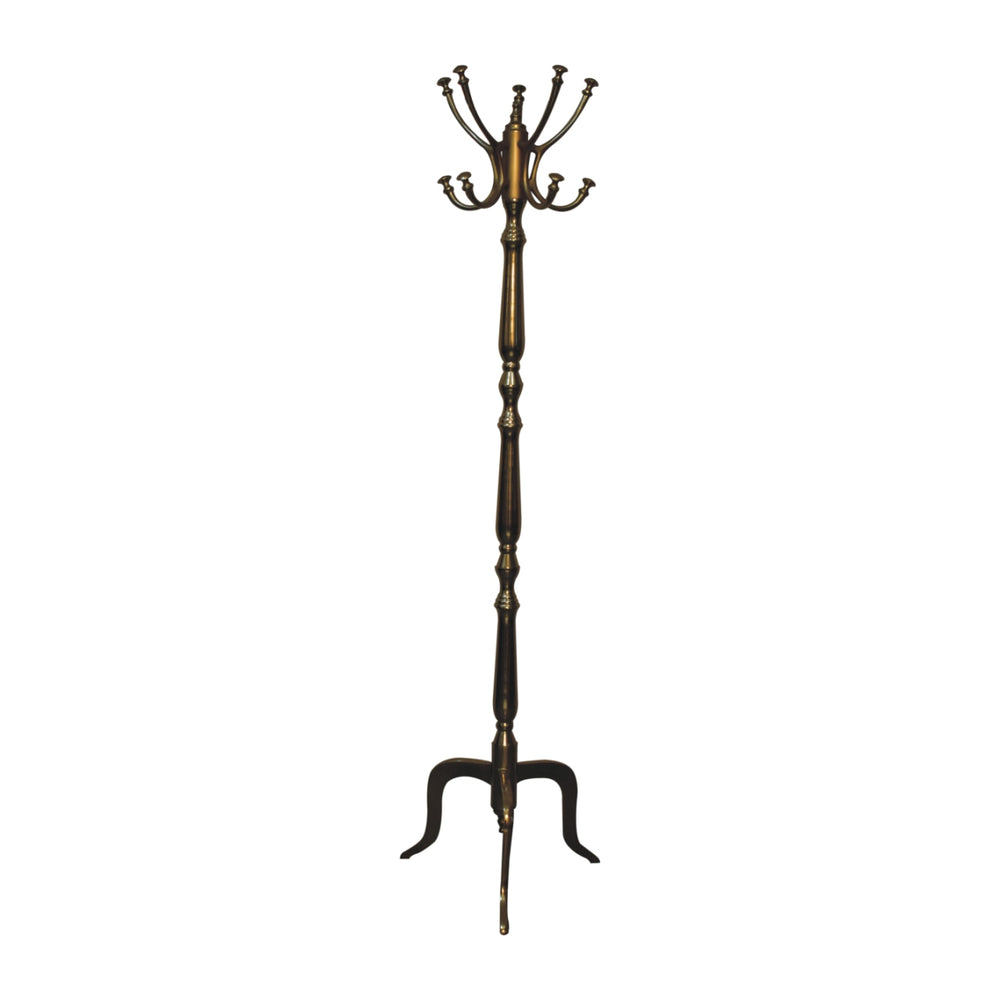


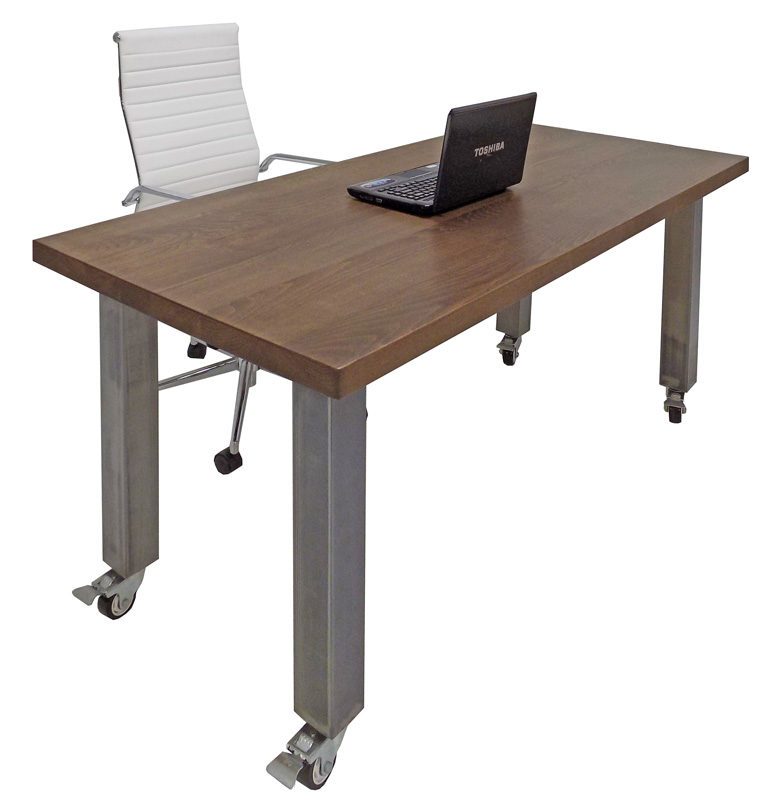



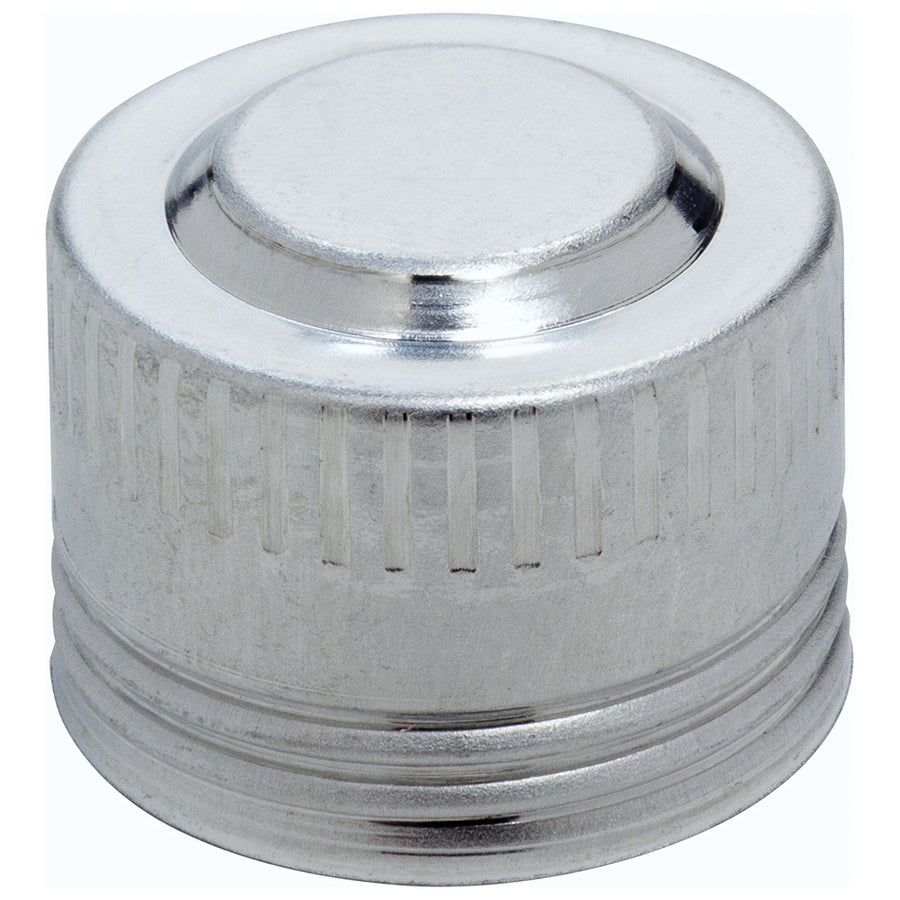















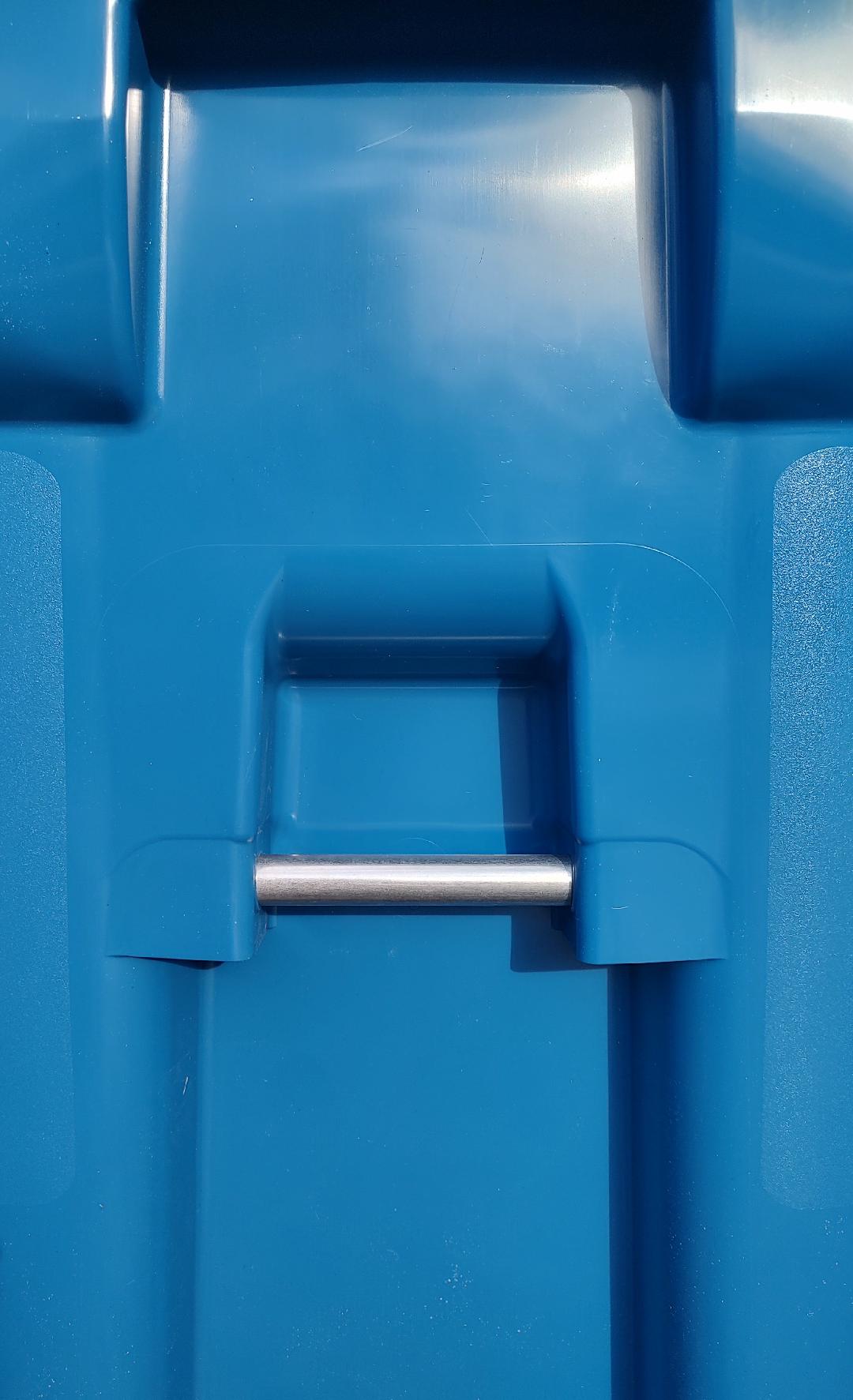



















Leave a comment